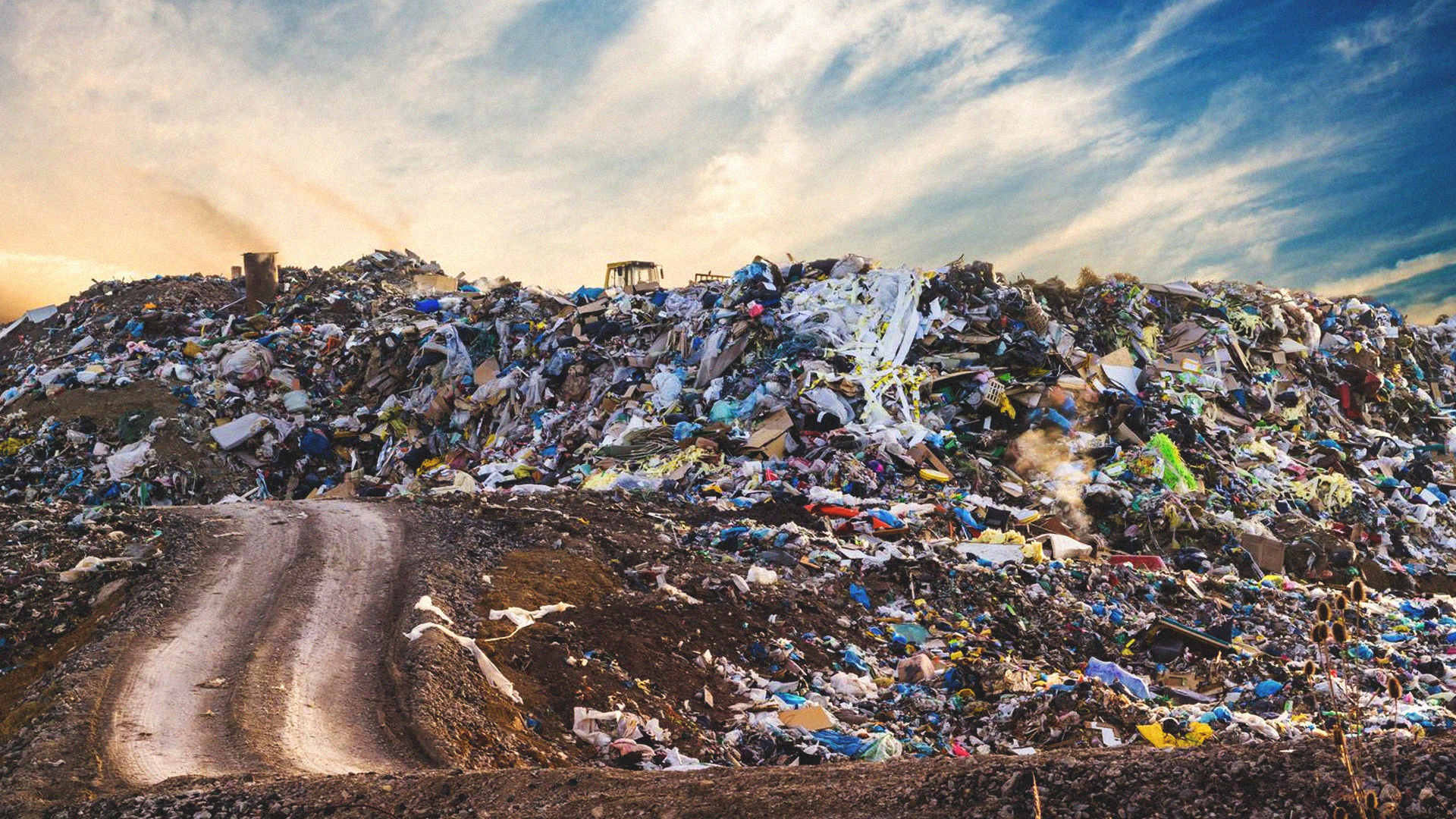Chile’s Atacama Desert, one of the world’s largest ‘fashion graveyards’, is a stark reminder of where our clothing really ends up.
We’re often told that our rubbish doesn’t just ‘disappear’.
From an early age, I remember my mum scolding me for throwing litter on the floor, or wasting my food; ‘The rubbish fairy doesn’t just magic everything away!’.
As the climate crisis becomes more global concern than radical political theory, this narrative is growing ever more prominent. This is most evident when it comes to the thing we dispose of the most frequently and carelessly: our clothes.
More and more focus is placed on where our clothes come from: who makes them? What materials are used, and are they sustainable? How far has our clothing travelled to reach us?
In 2022, brand transparency is expected when it comes to production lines, making it easier than to decide where we spend our money. Workers are better protected in a lot of cases, and fast fashion is going out of fashion (even if it does remain a billion dollar market).
But something seems to have fallen off of our proverbial radar recently, and that’s the journey our clothes take once we leave them behind.
The Atamaca Desert in Iquique, Chile, has become a dumping ground for discarded clothes. It’s the driest place in the world, according to Al Jazeera, a site increasingly suffering from pollution created by fashion cast offs.
Across Latin America, at least 39,000 tonnes of unsold clothing from across the world is dumped in the desert. Because fast fashion fabric, usually high in polyester, is no biodegradable and is steeped in chemicals, the waste is having a profound impact on the environment.
Pollutants are constantly being released into the surrounding air and local water channels, which are already detrimentally impacted by fashion production. According to the BBC, it takes around 7,500 litres of water to produce one pair of jeans.
Alto Hospicio is one of the largest landfill sites in the Atacama Desert. The city’s mayor Patricio Ferreira has described Alto as the ‘world’s garbage dump’, with only 15% of the 60,000 tonnes of clothes dumped there annually actually being sold.
These statistics are a reminder of clothing’s detrimental impact on the environment. Garments dumped at Alto Hospicio can take up to 200 years to disintegrate.
The impact of our clothing waste on Alto Hospicio’s population is also immeasurable. The chemicals emitted by the discarded fabric are as toxic as discarded tires or plastics.




















